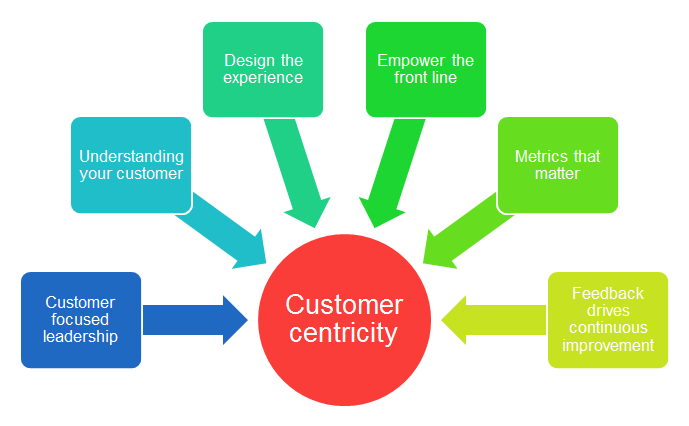
In today’s competitive market, placing the customer at the heart of your sales strategy is essential for driving satisfaction, loyalty, and long-term success. This shift towards customer-centricity reflects a growing recognition that understanding and addressing customer needs can significantly enhance sales performance. This blog explores how to effectively integrate a customer-centric approach into your sales processes.
Understanding Customer-Centric Sales
- Definition: A customer-centric sales approach focuses on understanding and meeting the needs of the customer throughout the sales process, rather than simply pushing products or services.
- Traditional Sales Limitations: Traditional sales methods often prioritize sales goals over customer needs, which may not align with current customer expectations for personalized and relevant interactions.
Key Elements of a Customer-Centric Sales Approach
- Customer Persona
- Description: Create detailed profiles of your ideal customers based on demographics, behaviors, and preferences.
- Contribution: Helps tailor your sales efforts to better meet the specific needs and interests of your target audience.
- Personalization
- Description: Customize sales pitches and communications to address individual customer needs and preferences.
- Contribution: Enhances customer engagement and increases the likelihood of successful conversions.
- Feedback Integration
- Description: Incorporate customer feedback into your sales strategies to refine your approach and improve customer satisfaction.
- Contribution: Ensures that your sales efforts are aligned with customer expectations and continuously evolving.
Implementing a Customer-Centric Approach
- Practical Steps:
- Research and Understand Your Customers: Invest time in learning about your customers’ needs, challenges, and preferences.
- Tailor Your Communication: Use insights from customer research to personalize interactions and offer relevant solutions.
- Build Strong Relationships: Focus on creating and nurturing relationships through regular, meaningful engagement.
- Respond to Feedback: Actively seek and act on customer feedback to refine your approach and enhance the customer experience.
- Actionable Tips:
- Segment Your Customer Base: Use segmentation to target different customer groups with tailored messages.
- Utilize CRM Tools: Leverage CRM systems to track customer interactions and preferences for more personalized outreach.
Measuring Success
- Metrics and KPIs:
- Customer Retention: Measure the percentage of customers retained over time.
- Customer Satisfaction: Assess satisfaction levels through feedback and surveys.
- Sales Conversion Rate: Track the rate at which leads are converted into paying customers.
- Success Stories:
- Company A: Implemented a customer-centric approach resulting in a 30% increase in customer retention and a 20% boost in sales revenue.
- Company B: Used personalized sales strategies to achieve a 25% improvement in lead conversion rates.




